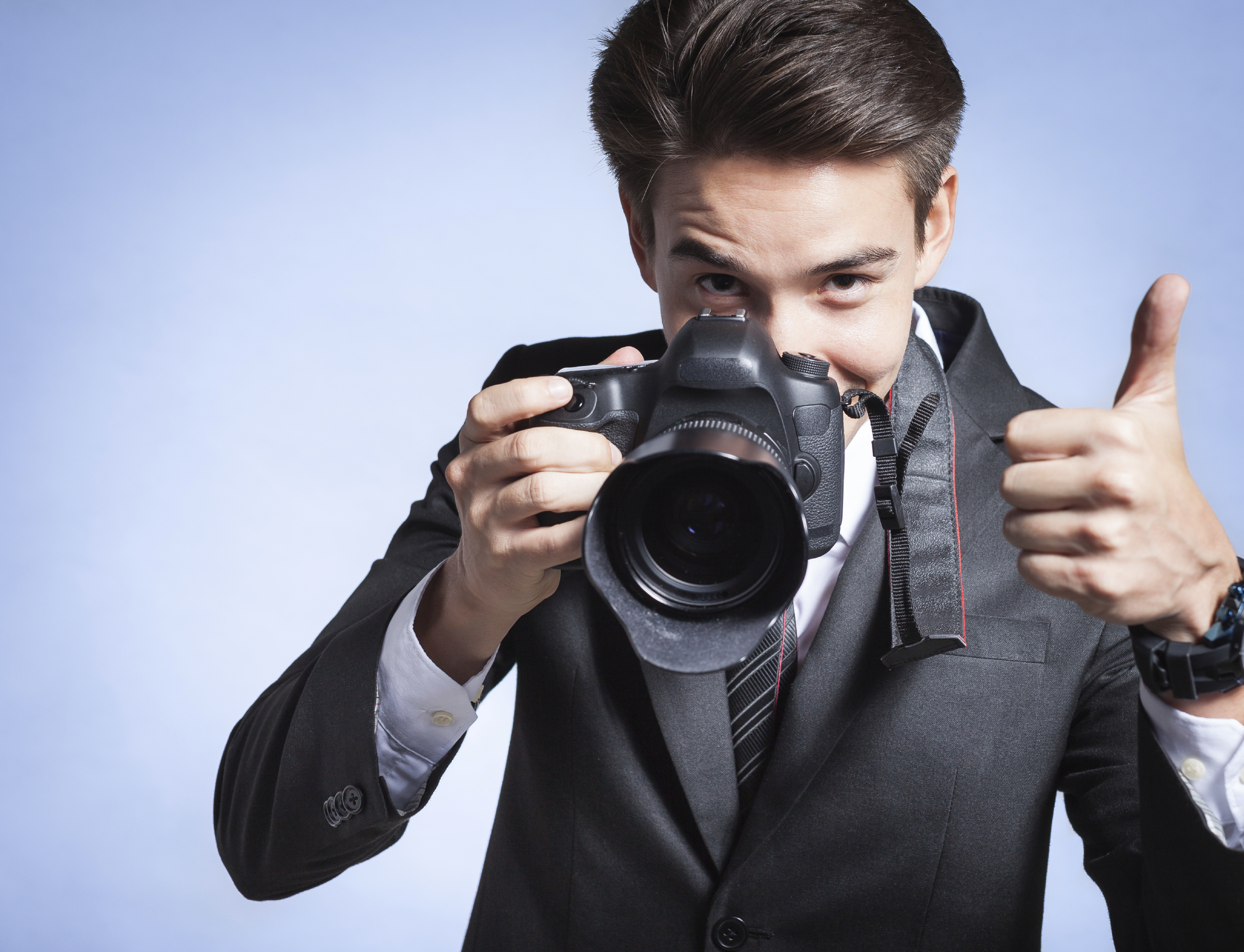You’ve already finetuned your resume to make you sound your absolute best, and you’ve called in favors so your LinkedIn page boasts recommendations from various movers and shakers.
Now, you understand, you must jump through another hoop, producing a headshot that depicts you as professional, yet a joy to work with?
Many HR types say that’s crucial, since professional social media sites like LinkedIn are increasingly used to vet job candidates. In fact, profiles with photos are seven times more likely to be clicked on than those without, according to LinkedIn research.
“Not only does a professional-looking photo show recruiters you’re detail-oriented and driven, it allows them to instantly remember who you are weeks or months after meeting at a networking event,” says entrepreneur James Caan in a LinkedIn blog. Conversely, some say omitting a photo could cast a negative light, perhaps giving the impression that you “don’t know how to upload a picture,” according to Miriam Salpeter on U.S. News & World Report.
The opposite school of thought has it that posting such photos only opens you up to discrimination. After all, Princeton University research shows people draw conclusions about you within a 10th of a second of seeing your photo.
“We’re really forming two (first impressions),” says Social Psychologist Amy Cuddy on Yesware.com. “We’re judging how warm and trustworthy the person is … and we’re also asking ourselves ‘How strong and competent is this person?'”
If you decide to go for it, here’s how to maximize the photo that will represent you during your job search.
- Don’t just grab an existing snapshot, advises professional photographer Scott R. Kline in a LinkedIn blog. “If you want to be perceived as a professional, you have to act like one,” he notes. “People can tell if you snapped a selfie or cropped yourself out of a group shot.”
- Smile with your teeth, aim for a defined jawline shadow, make eye contact with the camera and “squinch,” advises Christine Georghiou on Yesware.com. “A squinch, or slight squint, increases the perception of competence and influence,” she writes. “The idea behind it is that wide eyes give off a sense of vulnerability and uncertainty, whereas a slightly narrow-eyed stare comes off as more comfortable and confident.”
- Formal dress can raise perceptions of competency and influence, according to PhotoFeeler research. For men, that means a light-colored button-down shirt with a dark suit jacket and tie, rather than bold colors and trendy details. For women, it means something industry-appropriate in solid colors (prints can be distracting and look dated more quickly) that’s not revealing or form fitting. White, red or yellow next to the face can be unflattering, according to photographer Laura Hunter in Forbes, who recommends retouching if it doesn’t produce a “plastic Barbie doll” effect.
- Scoop or v-necks flatter short necks and full faces, advices JCPenney Portraits, while high-necked garments flatter long necks and slender faces. Dark shades of black, brown, blue and green and jewel tones are slimming, it reports.
- The ideal photo should be a square, relatively close-up head-and-shoulders shot of 200 x 200 pixels or larger, advises Amanda Augustine on TheLadders.com. Anything smaller or fuzzier “screams unprofessional,” she says.
- When your physical appearance changes, switch out your photo, advises Kline, to maintain credibility and the appearance of self-confidence.
Still not sure about your photo choice? Let friends pick from several options, advises Joshua Pompey on Examiner.com.
“They won’t be put in the uncomfortable position of telling you which ones you don’t look good in,” he advises.









